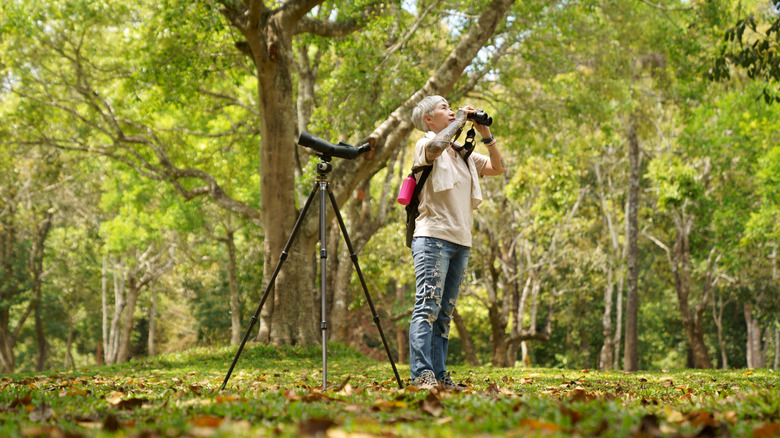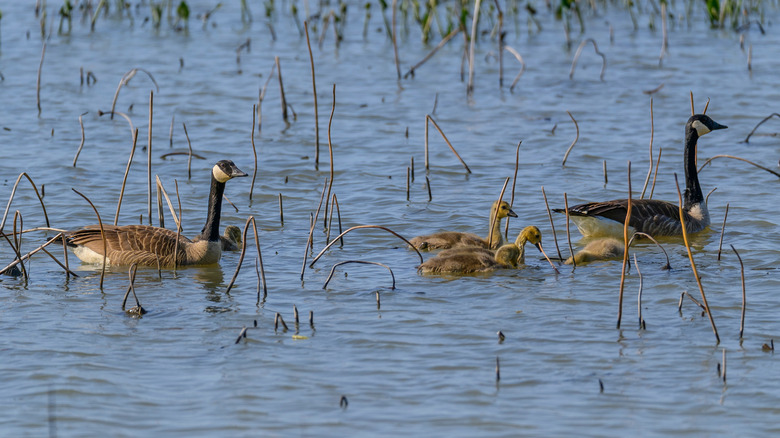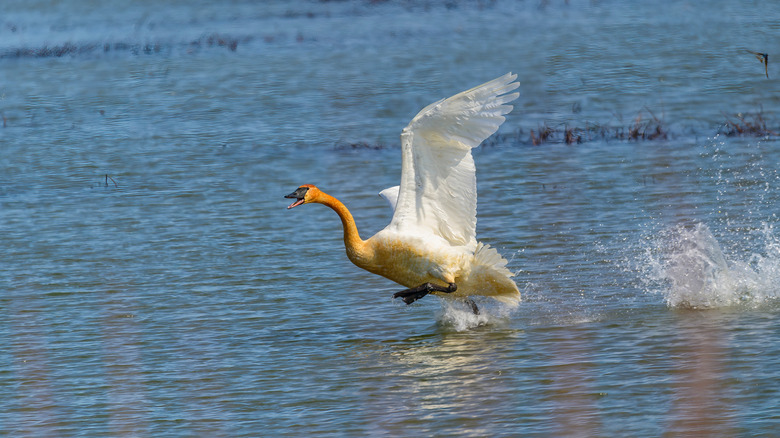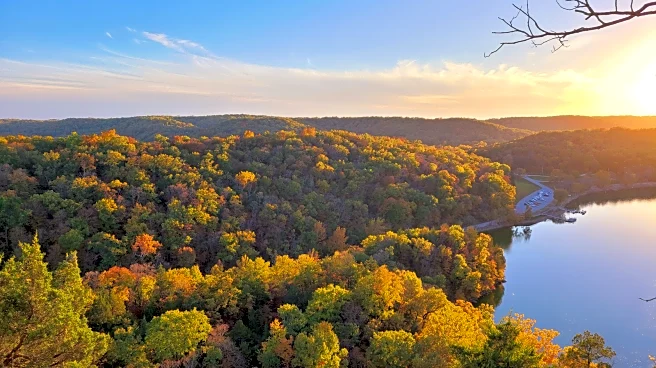
Birdwatching (also known as birding) is a popular pastime in America, with around 96 million people participating in it nationwide, according to data from the U.S. Fish & Wildlife Service. It's not surprising, as America has numerous idyllic destinations for birdwatching, such as Georgia's secret inlet brimming with wildlife, fishing, and birding. Ohio's no slouch when it comes to beautiful wildlife encounters, either, such as this quiet lake state park with scenic interactive trails and captivating
nature. But when it comes to birding, there are few (if any) Ohio destinations that can hold a candle to Ottawa National Wildlife Refuge.
Sprawling across more than 8,000 acres, Ottawa National Wildlife Refuge is an oasis for bird lovers. The diversity of ecosystems alone, ranging from forests to wetlands, provides unique birdwatching experiences, attracting over 300 different species throughout the year. These include migratory birds and threatened and endangered species, such as shorebirds, warblers, waterfowl, and plenty more.
As the seasons change throughout the year, so do the birding opportunities at the refuge. The chilly months of winter are prime time for spotting long- and short-eared owls, including screech and great horned species. Fall, meanwhile, features songbird and shorebird migrations, as well as the arrival of tundra swans and snow geese. Summer is the hardest time of year to spot birds, but you may be lucky enough to see bald eagle chicks in the wetlands or wading birds in the marshes. For many birders, spring is the ideal season to visit, because that's when the refuge's bird numbers hit their peak. You can see waterfowl, Canada geese, shorebirds, songbirds, wading birds, and bald eagle chicks. You'll just need to share these encounters with a lot of other birders.
Read more: The 5 Best Parks Where You Can See Bison Roam (Other Than Yellowstone), According To Visitors
Rare Birdwatching At Ottawa National Wildlife Refuge

Ottawa National Wildlife Refuge offers birders a chance to spot rare species they may not see anywhere else in the country. If you've ever wanted to spot a tricolored heron, prairie falcon, or white-winged dove, this might be the place to do it. Many birders head to the meadows on the refuge's western side for a chance to see sedge wrens and dickcissels. Others stick to wooded areas during spring and fall in hopes of seeing migrating raptors.
You're going to need to lace up your hiking boots if you want to properly explore the refuge. Many areas are only accessible to walkers, but there are specially organized wildlife drives on certain days and weekends each month. These driving tours take you to usually off-limit areas, which is what makes them so popular. Fortunately, there are 10 miles of well-maintained hiking trails. They give you access to many birdwatching areas, including marshes and woodlands.
During springtime, the biggest season for birding, the refuge usually hosts many special events and experiences. These include a sunset cruise around West Sister Island, which is home to numerous species of heron. You can also take a tram tour around the refuge, join a guided birding hike, and attend talks by naturalists and wildlife experts. "Ottawa National Wildlife Refuge is an amazing place to witness the incredible journey of migratory birds as they rest and refuel in the refuge's critical stopover habitat," says Aimee Arent, executive director of Friends of the Ottawa National Wildlife Refuge, in the Sandusky Register.
How To Get To Ottawa National Wildlife Reserve

Ottawa National Wildlife Reserve is about a 30-minute drive from Toledo and 50 minutes from Eugene F. Kranz Toledo Express Airport. Unfortunately, the airport has limited flights from Orlando, St. Petersburg, and Punta Gorda. You can drive to the refuge in about 1.5 hours from Cleveland and its international airport, which offers more flight options and is home to a legendary street and a chic hotel with vintage glamor and timeless charm.
The reserve is open to the public every day from dawn to dusk. Your best bet is to start at the visitor center, where you'll find valuable information on how to get around the refuge and where to locate certain birds. The building also features walking trails behind it, including a short boardwalk through the wetland and woods.
If you like getting out on the water, you can access some of the lakes in a canoe or kayak via the park's dedicated launch areas. There are also picnic tables, birdwatching towers, and restrooms available to visitors. If you're visiting between July and August, be sure to pack some bug repellent, as the insects can be quite annoying around the wooded areas.
Ready to discover more hidden gems and expert travel tips? Subscribe to our free newsletter for access to the world's best-kept travel secrets.
Read the original article on Islands.














